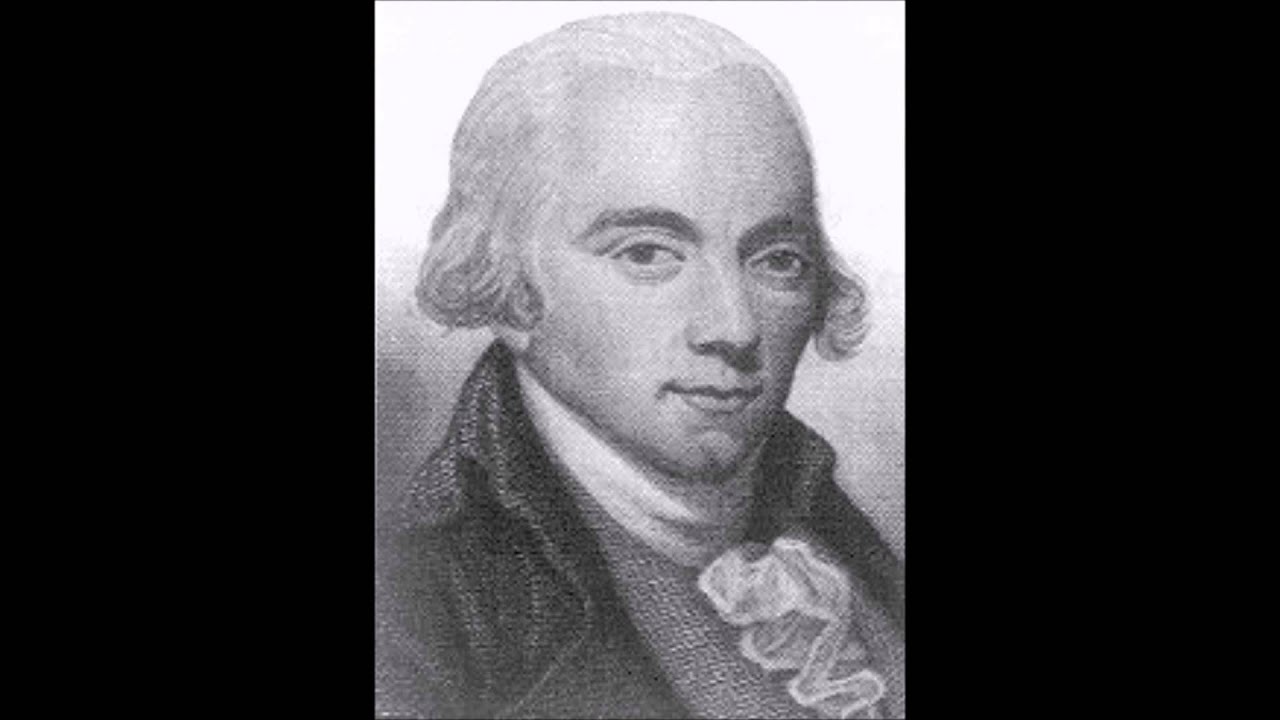
Clementi – Sonatina No. 6 (1° Mov)
Muzio Clementi – Sonatina No. 6 (1° Mov) Muzio Filippo Vincenzo Francesco Saverio Clementi (23 January 1752 – 10 March 1832) was an Italian-born English composer,[…]

Trimble – Four Fragments from the Canterbury Tales, I Prologue
Lester Trimble – Four Fragments from the Canterbury Tales, I Prologue Lester Albert Trimble (August 29, 1923 Bangor, Wisconsin – December 31, 1986 New York City)[…]

Boccherini – Concerto for Cello and Orchestra In B flat Major
Luigi Boccherini Ridolfo Luigi Boccherini (February 19, 1743 – May 28, 1805) was an Italian composer and cellist of the Classical era whose music retained a[…]

Gluck – Orfeo ed Euridice – Dance of the Blessed Spirits
Christoph Willibald Gluck – Orfeo ed Euridice – Dance of the Blessed Spirits Christoph Willibald (Ritter von) Gluck (15 November 1787) was a composer of Italian[…]

Pandora Selfridge – Three Dramatic Études
Pandora Selfridge Three Dramatic Études For more: http://www.melhoresmusicasclassicas.blogspot.com

Gluck – Sgambati Melody from Orfeo ed Euridice
Christoph Willibald Gluck – Sgambati Melody from Orfeo ed Euridice Christoph Willibald (Ritter von) Gluck (born 2 July, baptized 4 July 1714 – 15 November 1787)[…]

The Best of Ragazzi
Angelo Ragazzi (12. Oktober 1750 in Wien) war ein italienischer Komponist und Violinist. Ragazzi erhielt seine Ausbildung in Neapel am Conservatorio S.Maria di Loreto bei Gian[…]

Beethoven – Symphony No. 4
The Symphony No. 4 in B-flat major, Op. 60, is a symphony in four movements composed by Ludwig van Beethoven in the summer of 1806.[1][…]

Ginastera – Argentine Dances Op. 2
Alberto Ginastera – Argentine Dances Op. 2 Alberto Evaristo Ginastera (April 11, 1916 – June 25, 1983) was an Argentinian composer of classical music. He is[…]

Myaskovsky – Petit Oiseau
Nikolai Iakovlevitch Miaskovski – Petit Oiseau Nikolai Yakovlevich Myaskovsky or Miaskovsky or Miaskowsky (Russian: Никола́й Я́ковлевич Мяско́вский; Polish: Nikołaj Jakowlewicz Miaskowski; 20 April 1881 – 8[…]